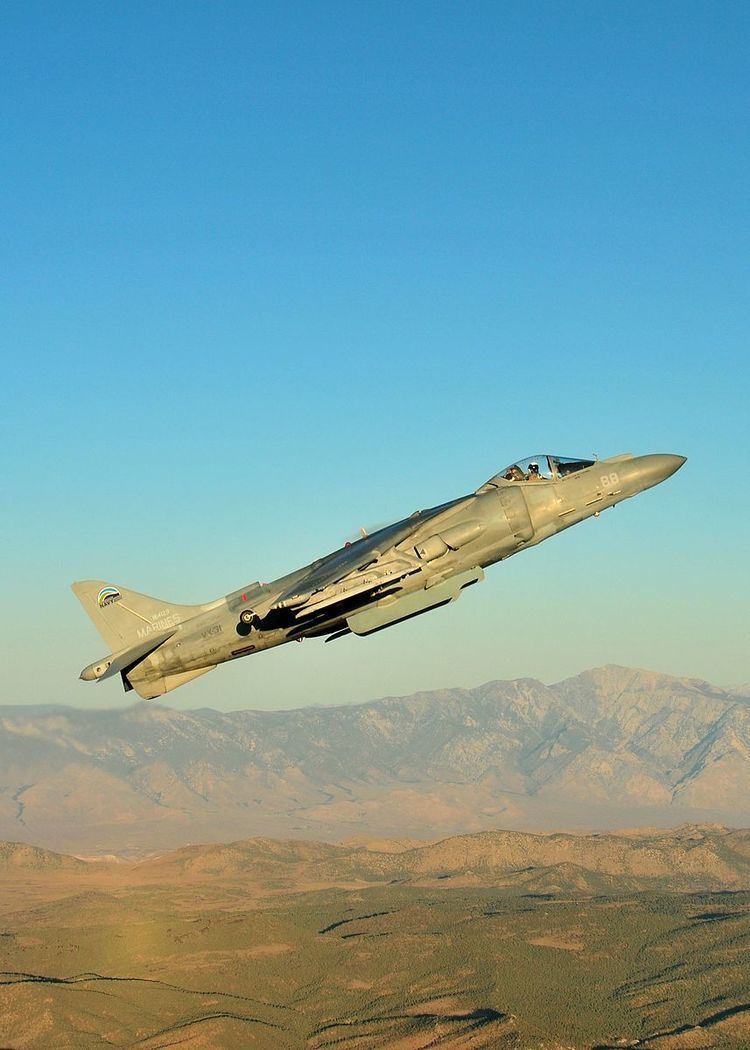 | ||
Aviation biofuel is a biofuel used for aircraft. It is considered by some to be the primary means by which the aviation industry can reduce its carbon footprint. After a multi-year technical review from aircraft makers, engine manufacturers and oil companies, biofuels were approved for commercial use in July 2011. Since then, some airlines have experimented with using of biofuels on commercial flights. The focus of the industry has now turned to second generation sustainable biofuels (sustainable aviation fuels) that do not compete with food supplies nor are major consumers of prime agricultural land or fresh water.
Contents
Rationale for aviation biofuels
Aviation's share of the greenhouse gas emissions is poised to grow, as air travel increases and ground vehicles use more alternative fuels like ethanol and biodiesel. Currently aviation represents 2% of global emissions, but is expected to grow to 3% by 2050. In addition to building more fuel efficient aircraft and operating them more efficiently, changing the fuel source is one of the few options the aviation industry has for reducing its carbon footprint. While solar, electric and hydrogen propelled aircraft are being researched, it is not expected they will be feasible in the near or medium term due to aviation's need for high power-to-weight ratio and globally compatible infrastructure.
Concerns and challenges
Biodiesel that is stored for long periods of time is more likely to oxidize, especially at low temperatures, causing it to gel. Some additives improve the cold weather tolerance of biodiesel, but only by a few degrees. Nitrile-based rubber materials expand in the presence of aromatic compounds found in conventional petroleum fuel. Pure biofuels that aren't mixed with petroleum and don't contain paraffin-based additives may cause rubber seals and hoses to shrink. Manufacturers are starting to use a synthetic rubber substitute called Viton for seals and hoses. Viton isn't adversely affected by biofuels. The US Air Force has found harmful bacteria and fungi in their biofueled aircraft, and use pasteurization to disinfect them.
Industry commitments and collaborations
The International Air Transport Association (IATA) supports research, development and deployment of alternative fuels. IATA thinks a 6% share of sustainable 2nd generation biofuels is achievable by 2020, and Boeing supports a target of 1% of global aviation fuels by 2015. This is in support of the goals of the aviation industry reaching carbon neutral growth by 2020 and a 50% decrease in carbon emissions by 2050 (relative to a 2005 baseline)
A group of interested airlines has formed the Sustainable Aviation Fuel Users Group (SAFUG). The group was formed in 2008 in cooperation with support from NGOs such as Natural Resources Defense Council and The Roundtable For Sustainable Biofuels (RSB). Member airlines represent more than 15% of the industry, and all member CEOs have signed a pledge to work on the development and use of sustainable biofuels for aviation.
Boeing is joining other aviation-related members in the Algal Biomass Organization (ABO).
Commercial and demonstration flights
Since 2008, a large number of test flights have been conducted, and since ASTM approval in July 2011, several commercial flights with passengers have also occurred.
Environmental effects
A life cycle assessment by the Yale School of Forestry on jatropha, one source of potential biofuels, estimated using it could reduce greenhouse gas emissions by up to 85% if former agro-pastoral land is used, or increase emissions by up to 60% if natural woodland is converted to use. In addition, biofuels do not contain sulfur compounds and thus do not emit sulfur dioxide.
Many different standards exist for certification of sustainable biofuels. One such standard often cited by airlines is the one developed by the The Roundtable For Sustainable Biofuels. Nearly all such standards include a minimum amount of greenhouse gas reduction and consideration that biofuels do not compete with food.
